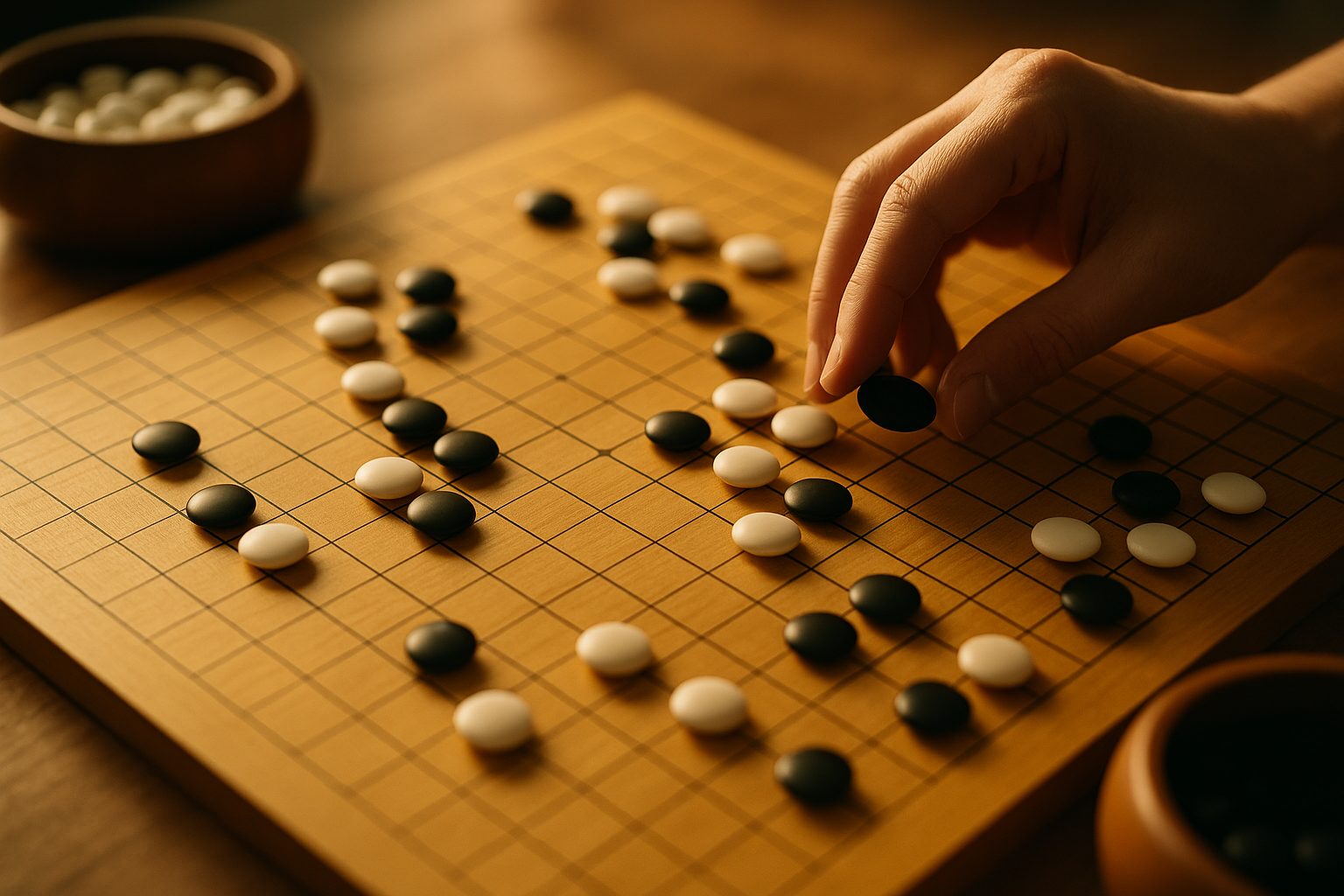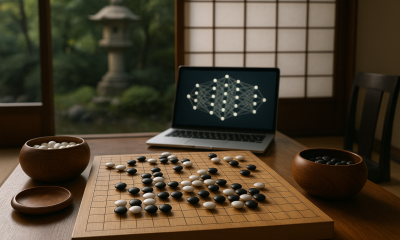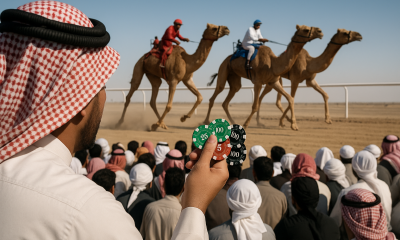around the world
Beyond the 19×19 Grid: The Philosophy and Psychology of Go

At first glance, Go appears disarmingly simple — just black and white stones placed on a 19×19 grid. But beneath that simplicity lies one of the most profound strategy games ever created. For over 2,500 years, Go has challenged the human mind not only to think but to reflect. It’s more than a game of territory — it’s a living philosophy about patience, impermanence, and the subtle balance between chaos and order.
A Philosophy Etched in Stone
Go’s origins trace back to ancient China, where it was considered one of the Four Arts of the Scholar alongside calligraphy, music, and painting. Emperors and monks played it to cultivate clarity of thought. The game spread through Korea and Japan, embedding itself deeply into Zen practice and samurai training.
Unlike Western board games that revolve around conquest and checkmate, Go centers on balance and coexistence. The objective is to claim territory — but not through brute force. Victory is achieved by shaping space, adapting to shifts, and reading your opponent’s intent.
This reflects the Taoist principle of Wu Wei, or “effortless action.” In Go, forcing the board rarely works; success comes from responding fluidly to the moment. The greatest players don’t dominate — they harmonize with the board’s rhythm.
A famous Go proverb encapsulates this:
“The board is a mirror of your mind — clear or clouded, it reflects your state of being.”
The Psychology of Infinite Choice
A typical Go board can reach more possible configurations than there are atoms in the observable universe. It is literally impossible to “solve.” Because of that, Go tests human cognition in a way few other games can.
Studies from the University of Tokyo and MIT’s Cognitive Systems Lab suggest that high-level Go players rely less on analytical calculation and more on intuitive pattern recognition. They perceive the board holistically — in shapes, flows, and emotional contours rather than discrete moves.
In neuroscience terms, this is the fusion of System 1 and System 2 thinking — fast intuition guided by deep, slow understanding. Where a beginner sees scattered stones, a master sees living groups, each breathing with purpose.
This interplay between conscious strategy and unconscious intuition has made Go a fertile ground for psychological research into decision-making, creativity, and flow states.
AI: The Modern Philosopher’s Stone
When DeepMind’s AlphaGo defeated Korean champion Lee Sedol in 2016, it wasn’t merely an AI victory — it was a philosophical event. Go had long been considered the final frontier of human intuition, something computers couldn’t master through brute computation.
Yet AlphaGo didn’t just win — it created beauty. Move 37 in Game 2, a shoulder hit on the fifth line, was so unorthodox that commentators gasped. Lee Sedol himself later said, “I thought it was a mistake, but it was too beautiful to be one.”
This single move shattered centuries of convention and redefined the relationship between creativity and logic. AlphaGo showed that machines could innovate — but also that humans could learn from AI, absorbing new styles, techniques, and even humility.
Today, tools like KataGo, Leela Zero, and AI Sensei have become essential study partners for both amateurs and professionals. Players use them to analyze games, discover unseen sequences, and explore variations that humans would never calculate unaided. In a poetic sense, AI has become a digital sensei — a silent teacher that expands human intuition rather than replacing it.
The Zen of Losing Stones
One of Go’s most counterintuitive lessons is that loss is part of growth. Every Go player is taught early: “Lose your first 50 games as quickly as possible.”
It’s not cynicism — it’s wisdom. Go teaches that failure is the path to understanding. Stones are sacrificed not out of weakness but to create future strength.
This mindset has made Go a metaphor for life in many Eastern philosophies. The Japanese master Honinbo Shusaku once said that the aim is not to win every local battle but to achieve harmony across the board — a principle that resonates far beyond gaming.
In modern psychological terms, Go players develop cognitive resilience — the ability to detach from mistakes, learn, and continue with mental balance. The process mirrors mindfulness training, where observation without attachment leads to insight.
Go in the Age of Digital Distraction
In a world dominated by short-form content and fast dopamine loops, Go stands as an antidote to noise. A single game can last hours. Silence is part of the experience. The stillness between moves is as vital as the moves themselves.
This slowness cultivates presence, a rare quality in modern gaming. Players describe being “lost in the grid,” a meditative state where thought and action merge. Even on digital platforms like OGS or Fox Go Server, this atmosphere endures.
Interestingly, Go’s resurgence among younger players — fueled by online play, AI tools, and streaming — proves that depth still attracts attention. On Twitch and YouTube, channels dedicated to AI-assisted Go analysis have built vibrant communities.
The 19×19 Mirror of Existence
Ultimately, Go endures because it reflects the core tension of human existence — ambition versus humility, control versus acceptance, life versus impermanence. No one ever truly masters Go. The board is endless, and each game is a fleeting pattern destined to vanish.
The beauty lies in the transience. Every stone placed is a decision in time — irreversible, consequential, and meaningful.
As the 18th-century Go sage Honinbo Dosaku wrote,
“To play Go is to learn to live — for all moves, once made, belong to the past, yet the board still asks what you will do next.”
The Infinite Game
Even as artificial intelligence reaches new heights, Go remains a uniquely human pursuit. It teaches us not only to think but to see — to perceive complexity as harmony, to act with intent, and to embrace impermanence as part of play.
In the end, the 19×19 grid is not just a battlefield.
It’s a mirror of the mind — and perhaps, of the universe itself.













